Green architecture – New Orleans BioInnovation Center
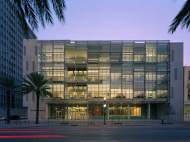 Developed on a former brownfield site situated between the Greater New Orleans Biosciences Economic Development District and the New Orleans Medical District, on the 1400 block of Canal Street, the New Orleans BioInnovation Center represents an example of city’s sense of rebirth in an environmentally friendlier manner which received LEED Gold certification for its sustainable features.
Developed on a former brownfield site situated between the Greater New Orleans Biosciences Economic Development District and the New Orleans Medical District, on the 1400 block of Canal Street, the New Orleans BioInnovation Center represents an example of city’s sense of rebirth in an environmentally friendlier manner which received LEED Gold certification for its sustainable features.
Designed by Eskew+Dumez+Ripple architects and constructed by Turner Universal, the 6,085 square-meter (65,500 square-foot) biotech laboratory has 4 floors with a Mechanical Penthouse. The architectural character of the building serves to connect the history of Canal Street with the emerging technology of the biosciences and it is built to serve multi-tenant use with targeted occupants in the science and medical fields.
Proportionally large number of public spaces were created specifically to create venues for interaction and creative collaboration amongst this compatible tenant mix. Interior public amenities include a flexible 100-person conferencing center, retail and food service area open to Canal Street, and an interior atrium facing an outdoor courtyard with a fountain feature. The building also has public break areas and outdoor balconies at each floor level.
A 278 square-meter (3,000 square-foot) interior courtyard is visible from the Canal Street side through the Center’s transparent glass façade. The building’s glazing is protected by sunscreens to limit energy costs, create comfortable daylighting for its occupants, and provide additional protection during storms. The shading of these sunscreens and additional deep overhangs protect and block 70 percent of summertime solar heat gain, thus lowering the need for air-conditioning.
98 percent of all of the wood, concrete and other construction waste has been recycled. The building’s forward-thinking features also include its water-pervious parking lot, a reflective white roof to aid in cooling costs, and rainwater retention system.
All the water from the roof as well as the AC condensate water is captured into a 45,425-liter (12,000-gallon) tank, and it is used for irrigation. All over-flow is also cleaned by passing through vegetated swale at center of parking lot, and then detained in the crushed-stone sub-base (with 5 times more capacity than previously mentioned tank) underneath the parking lot, where it then is utilized in providing greywater for the facility and landscape irrigation.
Along with lower-energy florescent lighting, motion sensors and occupancy sensors lower the power consumption needed for lighting, heating and cooling system. Each person has the control of the light at his or her desk, thus enabling individual need for lighting in a large place. New Orleans BioInnovation Center also features a pioneering infrastructure which supports public electric vehicle charging stations in the area.

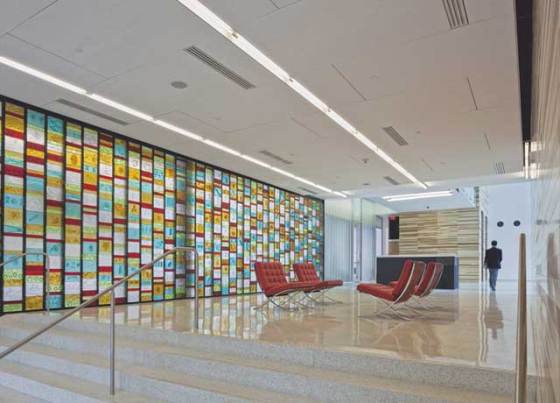
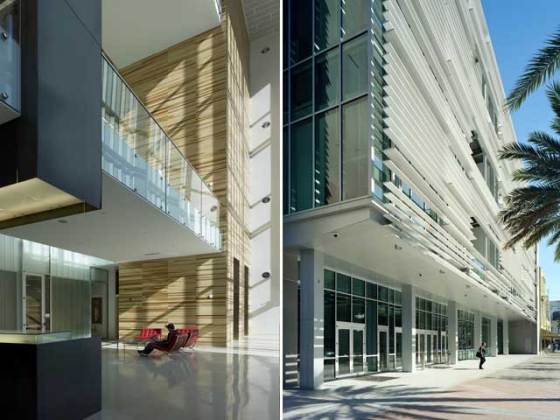
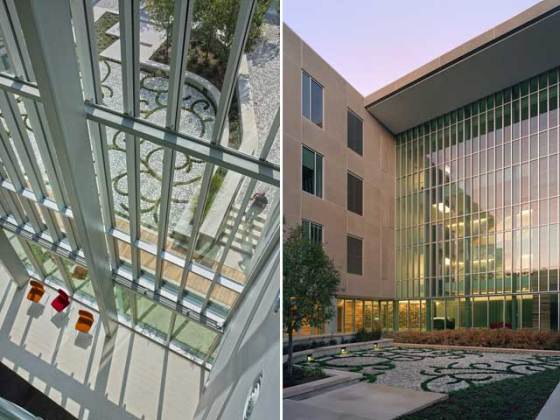
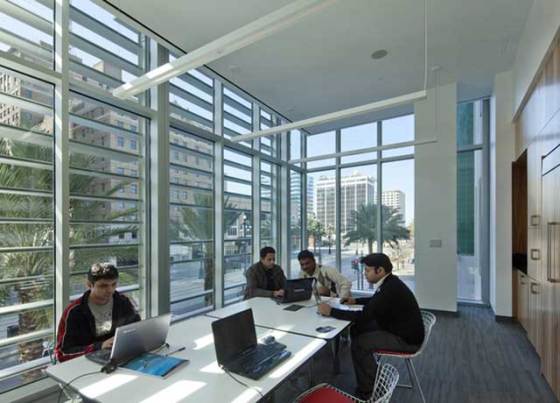








Leave your response!